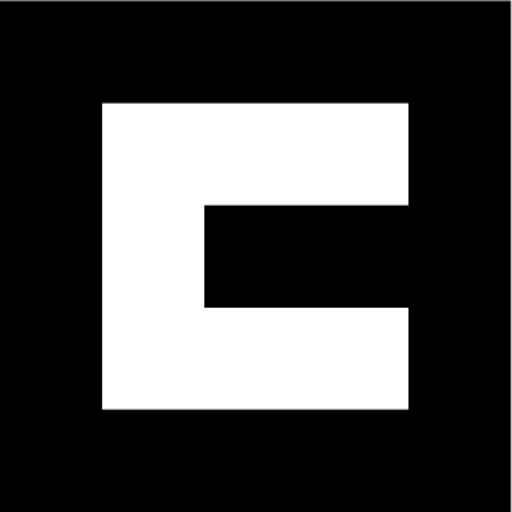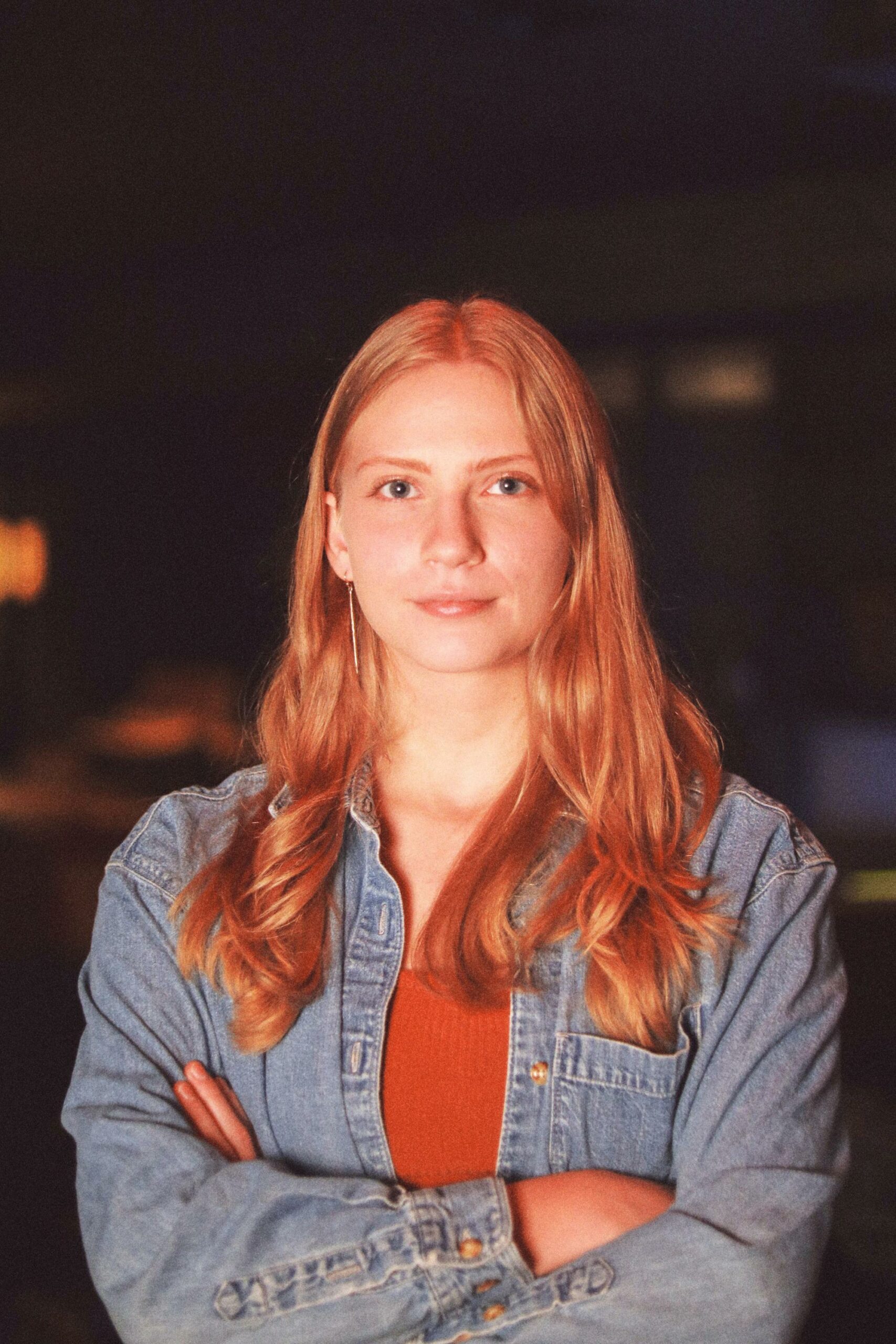Casey Grage of Hubly Surgical.
Tell us about yourself?
Relying on my background in neuroscience and software, I founded Hubly Surgical as a response to my long family history of neurological disease.
I knew the unmet need of antiquated intracranial access, which currently relies exclusively on a hand-crank drill in emergencies, was resulting in thousands of people needlessly dying every year in the U.S. alone, not to mention all over the world.
I worked with neurosurgeons at Northwestern Hospital to co-invent, design, prototype, build, and patent our 510(k)-pending advanced intracranial Hubly Drill with autostop which aims to safely drill holes through the skull without damaging underlying tissue.
The thrice patent-pending autostop technology has three sheep studies and several cadaver studies showing statistically significant improvement over current standards of care for medical drilling.
Hubly Drill aims to bring safety to medical drilling across neurosurgical and orthopedic indications.
In under three years of being full-time founder/CEO, I have won top prizes at over 10 international pitch competitions winning over $300,000 in non-dilutive awards, secured several hospital partners, filed three patents (all of which I am a listed inventor), hired a full-time team, and raised $1.6M investment to bring the Hubly Drill from ideation to launch.
The Hubly team is kicking off our first in-patient pilots now and already have 24 hospitals on our waiting list out of 200 total U.S. adult level one trauma centers. We have received an estimated clearance/launch date from the FDA: November 7, 2022!
What do you think is the single biggest misconception people have when it comes to startups?
People think you need to know everything starting out. I’ve learned, you’re going to know very little when you start. In fact, you won’t even know what you don’t know.
The role of the entrepreneur is to learn: via customer interviews, competitive market research, hiring the right lawyers, etc.
If you could go back in time to any moment from your journey, and give yourself one tip, what would it be?
In Fall 2020, my technical co-founder (Tyler) and I (Casey) had spent the last year building and testing our product.
The product was now final and we began fundraising a $2M round. Tyler and I lined up who we would hire full-time: Steve, Julie, and him, and we got to work. In our first several pitches, we successfully received $25K each from pitches #3 and #6.
Then received 44 rejections in a row. Of course, a majority of the feedback we received was that the pandemic had rendered startup investing too financially risk.
When I pushed for criticism about the company in particular, we learned the #1 problem with our company was that our drill price of $2,000 was simultaneously too expensive and our margin too low compared to our competitors.
Around this time, we also received our score on our NIH SBIR Phase I proposal for $256K, and learned our proposal would not be funded due to various concerns around team, company progress, literature review, and budgetary planning.
Tyler and I made the difficult decision to stop fundraising, and head back to the drawing board. The solution to the investor problem, we figured, was to reduce our drill COGS from its then $500 value. From December 2020 – February 2021, Tyler completely re-designed the Hubly drill.
What had previously been a lever-spring mechanism of auto-retraction, became an electrical sensing power-shut-off plunge prevention. Meanwhile, I reworked the NIH SBIR proposal, continued to apply to small grants to fund Tyler’s efforts, and continued to update investors.
By March 2021, the new Hubly Drill proof of concept was finished with COGS of $80. I quickly modified the pitch deck accordingly and we received our first venture capital funding that same month.
Over the next four months, we raised $410K total, resubmitted our NIH SBIR proposal and received a fantastic score, and hired Tyler, Steve, and Julie! If I could go back in time, I would’ve told myself in March of 2020 to think about COGS during development.
I also would’ve gone back to October 2020 and told myself not to give up hope 🙂
What makes you stand out as an entrepreneur?
I don’t shy away from critical feedback and I’m very coachable. When I first came up with the idea for Hubly, I applied to many pitch competitions and didn’t get into any of them.
I then shared my application template with business professors at my university, reiterated it, reapplied, got in, and lost all the pitch competitions.
Then I went to all the pitch comp judges and asked for lunch with each one for feedback on my pitch/company. I incorporated their feedback and started winning competitions!
What are some of the best working habits you’ve gained over the past couple of years?
Hiring! I’ve learned it’s impossible to be too picky when hiring. Before finding my amazing co-founder/CTO/medical device mechanical engineer Tyler, I almost hired two other men as my CTO.
They didn’t fill all needs the company had, but I didn’t have any confidence that I could attract the talent like Tyler. Now I know, never settle for less than completely perfect.
Give us a bit of an insight into the influences behind the company?
I (Casey Grage CEO) and Dr. Amit Ayer (Director) met in a Northwestern Kellogg MBA class in medical device entrepreneurship.
We came together over their shared interest in neurology: myself because of my long family history of neurological disease and Amit because he was a neurosurgeon at Northwestern Hospital.
Amit identified the low satisfaction and high failure rates of today’s bedside cranial access tools.
I observed him in the hospital and agreed something had to be done. Together we invented the Hubly Cranial Drill.
Following the course, Amit’s protege at the hospital, Dr. Nikhil Murthy, joined the team along with Tyler Panian and Julie Byars, who had been introduced to Amit and me by the MBA class’ professor.
Where do you see your business in five years?
Nationwide sales and well on our way for our IP protected autostop technology to become the standard of care for craniotomy and osteotomy!
What do you think the biggest challenge will be for you in getting there?
Transitioning commercialization from the bedside cranial market into the operating room cranial & orthopedics market.
Talk to us about your biggest success story so far?
We have submitted our FDA Clearance application, passed the first ‘completed materials/testing’ check, got assigned our FDA reviewer, received two rounds of questions (all of which we had answers to), and received an estimated clearance date of Nov 7.
How do clients and customers find you? Are you much of a salesperson for yourself?
We exhibit at conferences and go through our personal networks! We don’t do ads yet because we’re not FDA Cleared.
I was not much of a salesperson at the start, but I do love ‘selling’ the Hubly Drill. I just hand it to the surgeon or admin, let them drill a few holes, and then field questions!
What one tip would you give to fellow startup founders?
ONE tip would be to compile great advisors, based on experience AND personality/generosity/willingness to help/belief in you and your company.
They’ll take you far. (Other tidbits: keep a standard 4yr vesting schedule, 1yr cliff for everyone with defined terms; apply for government grants early; start pitching investors 12months before you need money)
And finally, what do you hope the future brings both you personally, and your business?
I want to feel like I actually changed medicine for the better.
That the industry of neurosurgery/neurology physicians, and most importantly patients, will benefit from the work we did.
Follow Hubly Surgical on Twitter or Linkedin.




